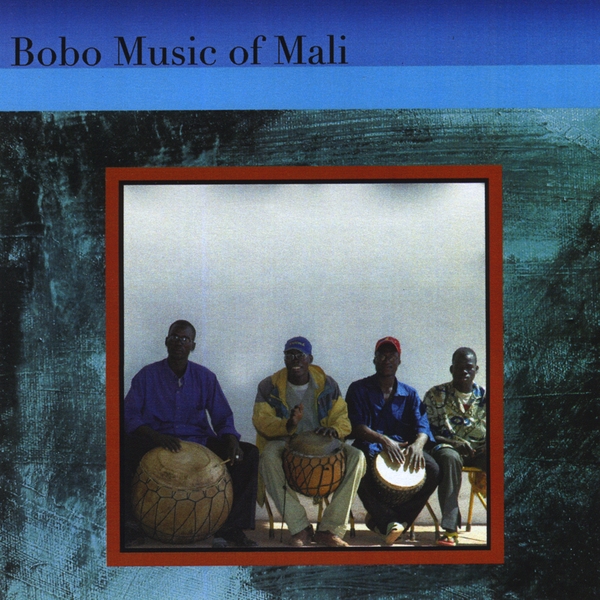
Siaka Doumbia & Crew
Bobo Music Of Mali
Featuring Siaka Doumbia
The music for this CD was played and recorded at Centre Togola, the local community center outside Sabalibougou, a city district and bustling marketplace on the outskirts of Bamako, Mali. The center is run by Director Kareem Togola. ‘Bougou’ means ‘village’ in the Bambara language.
The community center houses local dancers, drummers, and musicians, most of whom play in the center’s award-winning group. Many famous district groups from outside the city – and deep in the countryside – also pass through the center. This is how we were able to find some of the other groups and music we recorded.
- Track 01 0:51
- Track 04 0:51
- Track 10 0:51
MUSIC SHOP — MP3 DOWNLOADS
The music for this album is traditional ‘Bobo’ music.
The Bobo speak Bobo, from the Mande family of languages. It is believed that the Bobo have lived in Mali and western Burkina Faso since as far back as 800 A.D. They are primarily agricultural, cultivating cotton, which they trade, and have a population numbering around 100,000.
A cornerstone of Bobo belief is that Man maintains balance and harmony with nature and that order may be restored through ceremonies. Their primary deity, Wuro, who can not be described, orders all things. Dwo, revealed during mask ceremonies, is another major god. He lives in a mask until it is worn. Then, his spirit is fused with the spirit of the wearer, who is then empowered to communicate Dwo’s will to others.
I heard this group on my first trip to Mali with my friend and executive producer, Paul Chandler. Kalifa, a young talented drummer of Bobo ethnicity, took us to an evening ceremony outside of town. The people were very friendly and it was amazing to watch and experience musicians playing the gourd drums and balaphones late into the night. I asked my friends how we could record them. One of them, Siaka Doumbia, was able to gather them for a session. While we were recording one group of musicians at the Centre Togola, there just happened to be another group there too. So, we were able to record both groups on one CD.
The CD was made using a high-quality flash recorder and excellent microphones. The sound is surprisingly clear and concise, as are the arrangements, playing styles, and techniques.
It is my goal, in a small way, to preserve the culture and heritage through the music that my teachers, my friends and I are presenting. As this is a labor of love, any profits made from these recordings will go directly to the musicians.
—Michael Pluznick
